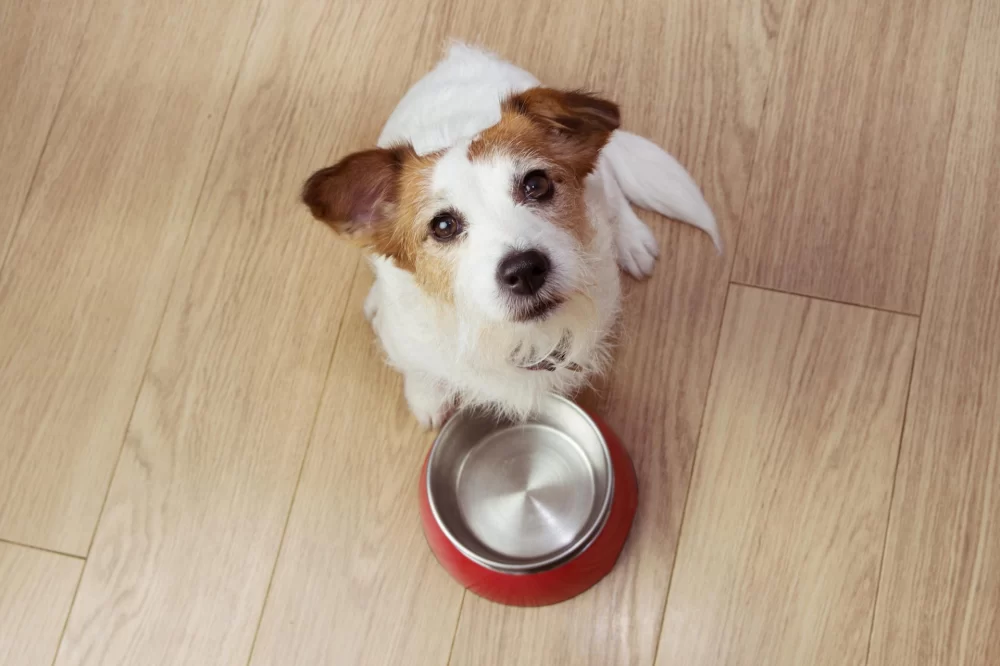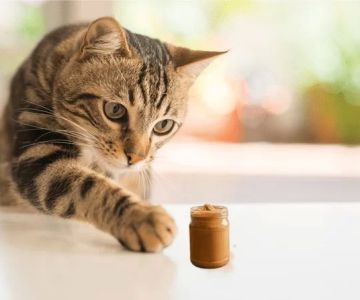Can Dogs Eat Caramel? Understanding the Risks
As a dog owner, one of the most common questions I get asked is whether it's safe to give dogs human food—specifically, can dogs eat caramel? I’ll admit, the thought of sharing a sweet treat with your dog might seem harmless, especially when they give you those adorable puppy eyes. But as tempting as it may be, it's essential to understand the potential risks and consequences of feeding caramel to dogs.
Caramel is made by heating sugar, which is combined with butter, cream, and sometimes vanilla or other flavorings. On its own, it may seem like a simple treat, but when it comes to dogs, the ingredients in caramel can cause more harm than good. It’s important to be aware of the dangers before offering your furry friend a taste.
The Dangers of Feeding Caramel to Dogs
While a small amount of caramel may not immediately harm your dog, regular or large servings can lead to serious health concerns. Here are a few reasons why caramel isn't the best choice for your dog:
1. High Sugar Content
One of the main reasons caramel can be harmful to dogs is the high sugar content. Dogs are not able to process sugar the same way humans do, and consuming too much sugar can lead to a range of health issues. Over time, a sugary diet can cause obesity, diabetes, and even dental problems for dogs.
I learned this the hard way with my own dog, Max. I once dropped a caramel candy on the floor, and without thinking, Max grabbed it. Afterward, I noticed he seemed more sluggish and less active than usual. Although he didn’t suffer any long-term effects from that single incident, I realized that regularly feeding him sugar would only harm his health in the long run.
2. High Fat Content
Another ingredient in caramel that can be problematic for dogs is fat. Caramel contains butter and cream, both of which are high in fat. Too much fat in a dog's diet can contribute to obesity and pancreatitis, a painful condition where the pancreas becomes inflamed. Pancreatitis can be life-threatening and is something that all dog owners should avoid by keeping their pets away from high-fat treats like caramel.
3. Potential for Gastrointestinal Upset
Dogs have sensitive stomachs, and foods like caramel can cause gastrointestinal upset. Symptoms of this include vomiting, diarrhea, and discomfort. I’ve seen this firsthand when my dog once ate a chocolate-covered caramel, which caused him to experience an upset stomach for hours. It’s always a good idea to monitor your dog closely if they happen to eat something they shouldn’t, especially sugary or fatty foods.
What Should You Do If Your Dog Eats Caramel?
If your dog accidentally eats a piece of caramel, it’s important to stay calm. For small amounts of caramel, especially if it's just a single piece, your dog may be fine. However, it’s always best to consult your veterinarian for advice, especially if your dog shows signs of distress, such as vomiting, lethargy, or diarrhea.
For peace of mind, you can always call your vet and provide them with details about how much caramel your dog ate and what ingredients were involved. A professional can guide you on the next steps to ensure your dog's well-being.
Alternatives to Caramel for Your Dog
Although caramel isn't safe for dogs, there are plenty of healthy, dog-friendly treats that can satisfy their sweet tooth without putting their health at risk. If you're looking to share a treat with your dog, here are some alternatives that are safer and still delicious:
1. Dog-Specific Caramel Alternatives
There are specially formulated dog treats that resemble caramel without the harmful ingredients. These treats are made with ingredients that are safe for dogs and are designed to mimic the taste and texture of caramel. I’ve found some that even have a sweet, caramel-like flavor but are made from natural ingredients such as pumpkin, honey, and yogurt.
2. Fruits and Veggies
Many dogs love the natural sweetness of fruits and vegetables. You can safely give your dog small amounts of apples, bananas, blueberries, or sweet potatoes as treats. These foods not only satisfy their sweet cravings but also provide them with vitamins and fiber that benefit their overall health.
3. Frozen Treats
If you’re looking for a cool and sweet treat for your dog, try making frozen dog treats. You can freeze some peanut butter with plain yogurt, or freeze fruit like berries in water. These treats are not only fun for your dog but also a healthy way to cool them down on hot days.
What to Avoid When Giving Treats to Your Dog
While it’s tempting to treat your dog with human food, there are several common ingredients and foods you should always avoid. Besides caramel, these include chocolate, grapes, raisins, onions, garlic, and anything that contains xylitol (a sugar substitute). Always research or check with your vet before offering a new food or treat to your dog to ensure it’s safe for them.
Max has always been a curious eater, and over the years, I’ve learned to be cautious about the food I leave within reach. Ensuring that he only eats dog-friendly treats has been essential in keeping him healthy and happy. The key is to balance tasty snacks with proper nutrition and avoid any ingredients that can harm your pet.
In conclusion, while the idea of giving your dog caramel might seem like a harmless indulgence, it’s best to steer clear of sugary, fatty treats like caramel. Instead, choose healthier, dog-safe alternatives that provide nutritional value and keep your dog’s overall health in check. By making informed choices about what foods to share with your pet, you’ll help them live a longer, happier life.












